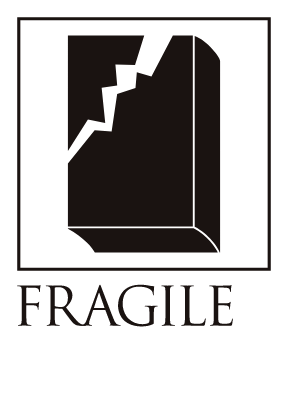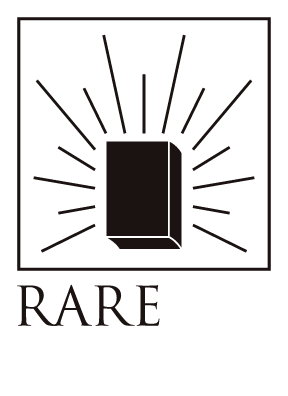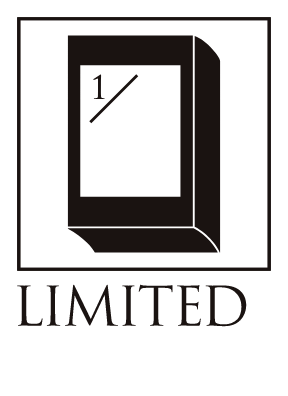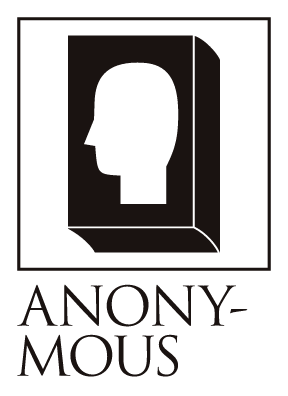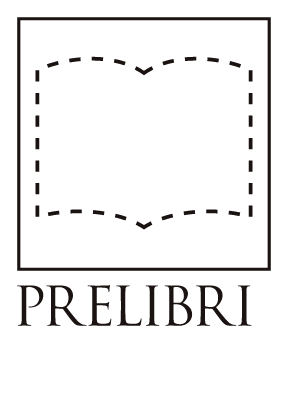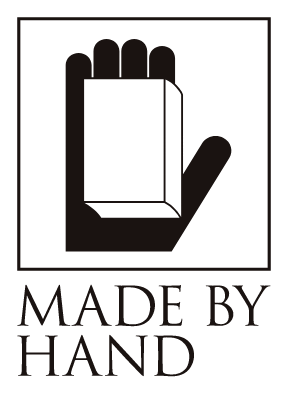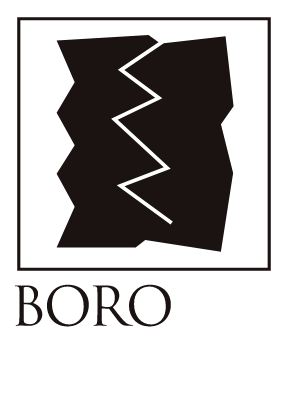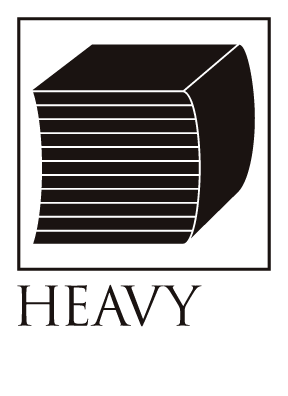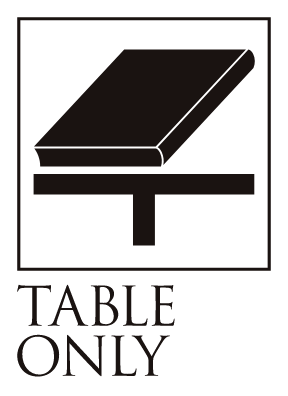Mystery of the Palace Crown
Bibliographic Details
- Title
- Mystery of the Palace Crown / 官冠神秘抄
- Author
- Ishiwata Yoshizo / 石渡佳藏
- Images
- Manuscript / 肉筆写本
- Year
- c. 1806
- Size
- h240 × w170 × d10mm
- Weight
- 80g
- Pages
- 70page
- Language
- Japanese / 日本語
- Binding
- Japanese-style book binding / 和綴じ
- Materials
- Japanese paper / 和紙
This is a one-of-a-kind manuscript bound in gampi paper with hand paintings. It is believed to have been made at the end of the Edo period, around the 3rd year of Bunka (Bunka 3), but it is not clear who made this book and for what purpose. This manuscript is a copy of “Kanbouzuue” (A Guide to the Crown Cap). As the character kanbou means “crown cap,” it refers to the ancient “headgear” of the Japanese people, such as kanmuri or boushi. In this illustrated book, 28 types of hats are depicted, including “crown crown crowns” worn by emperors and crown princes during their grand ceremonies (accession to the throne and morning prayers) after the “Twelve Grades of Crown Rank” established by Prince Shotoku in the Asuka period (710-794).
Comparing this work with the “Crown Crown Hat Zukai” edited by Matsuoka Tatsukata and published in 1840, which can be viewed at the Kyoto University Digital Archive of Rare Books and Materials, the pictures are a little more generous, but the textual explanations are more practical. In the Edo period, there were various rules regarding the color and shape of the clothing of samurai officials, and there was a certain demand for books on costume as practical books. The leading authors of such books were Matsuoka Tokitaka and his pupil Honma Hyakuri. Matsuoka Tatsukata was a very distinguished man who had studied kokugaku under Hanawa Hokiichi and yushoku nihongi under Ise Sadaharu and Takakura Eiga, and served as the chairman of the Wagaku Kodanjo. His works include “Ranks of Service,” “Costumes and Textiles,” “Crown Caps,” “Textiles and Textiles,” “Women's Costumes and Textiles,” etc. Yes, the foreign museum cue-letter favorites were the works of Tatsukata Matsuoka.
Let's take a look at some of the contents. If we go back to the history of hats in Japan, haniwa (clay figurines) from the 5th century were already wearing hats. In the Asuka and Heian periods, the Imperial Court established rules regarding the wearing of hats, and although there were some twists and turns after that, the crown pattern was revived in the form of an embroidered pattern covering the entire crown during the Great Tamesai Festival in the Edo period (1687). Perhaps because of this, researchers of “yushoku nakajitsu” began to appear in the Edo period (1600-1868). The “Yushoku Najitsu” is a collection of precedents and traditions of courtly and official ceremonies, government posts, laws and ordinances, annual events, military campaigns, and so on. For example, it is said that although Yoshitomo Tsuboi of Kawachi Province was from the private sector, he was considered the best scholar of his day in the study of official positions and costumes, so much so that even court nobles begged him to teach them. This is the “Kankan Mystery Sho. The title “Mystery Sho” on the cover suggests that the researcher commissioned a painter to copy the book, or that he himself copied it from the book, as he was a very skilled calligrapher. Without curiosity, the knowledge practice would remain history or knowledge, and there would be no “mystery.
Regular price
$512.00 USD
Regular price
Sale price
$512.00 USD
Unit price
per
